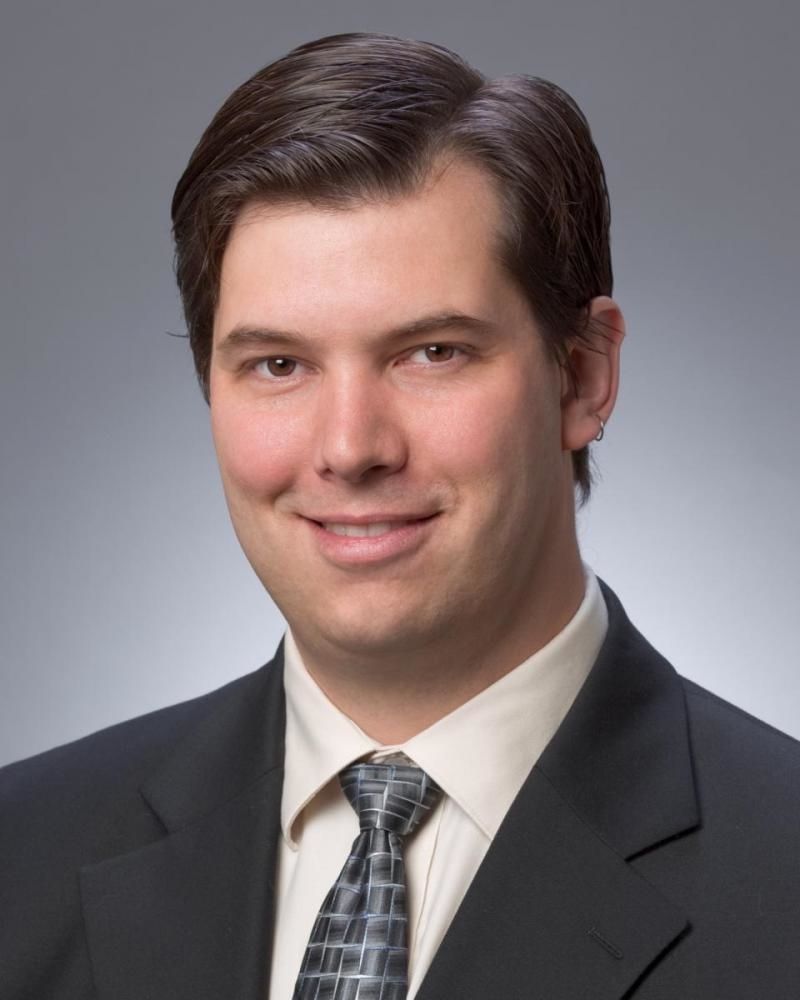Michael Larson, Northrop Grumman

Zoom Details
Technical Seminar
2:00 pm - 3:00 pm
https://ucsb.zoom.us/j/83258003447?pwd=V0xZVXpMU0dqT1NoL1VEdFlmMnhmdz09
Meeting ID: 832 5800 3447 and Password: qfSeminar
Career Talk
3:15 pm - 4:00 pm
https://ucsb.zoom.us/j/81185975948?pwd=L0pMWHUxSHRhcTZLTlQ3bjdLUmI1Zz09
Meeting ID: 811 8597 5948 and Password: qfSeminar
Speaker
Michael Larsen
Lead Physicist for Quantum Sensors
Northrop Grumman
Bio
Dr. Michael Larsen received his Ph.D. in physics from the University of Wisconsin, Madison in 2007. He is currently the lead physicist for quantum sensing in the Future Position, Navigation, and Timing Systems group at Northrop Grumman in Woodland Hills, California. Dr. Larsen’s focus is the application of atomic physics to the development of high performance, rugged, and compact sensors. His primary project has been the development of the nuclear magnetic resonance gyroscope under both DARPA and internal funding. In addition he is also working on a compact atomic vector magnetometer, a scalar and differential scalar magnetometer, an optical cavity readout accelerometer, a cold atom interferometer accelerometer, and an atomic clock. Dr. Larsen holds 22 patents in the field of atomic sensors and related technologies. He received Engineering Achievement Awards in 2009 and 2018 from the San Fernando Valley Engineers’ Council as well as the President’s Leadership Award in 2013 from Northrop Grumman for his role as the principal investigator on the Nuclear Magnetic Resonance Gyroscope and other quantum sensing research and development teams.
Abstract
Northrop Grumman has been involved in atomic/quantum sensing since the 1960’s. Our work has included all five of the major areas in which atoms make good sensors, clocks/frequency references, accelerometers/gravimeters, gyroscopes, magnetometers, and electrometers. Throughout the years in which atomic sensors have been in development the concepts and ideas for new ways to implement sensors has always outpaced the development of supporting technologies. Recent advancements in photonics have lead our community to start asking what will we be able to do when everything we need and want from a light source is available in a Photonic Integrated Circuit (PIC), or what can we do with THz speed transistors? How can we leverage the wealth of wafer manufacturing capabilities to develop on-chip atomic systems? In this presentation we will walk through the history of atomic technologies and supporting systems developed and in development at Northrop Grumman, and discuss what the future might hold for this exciting area of research and development.